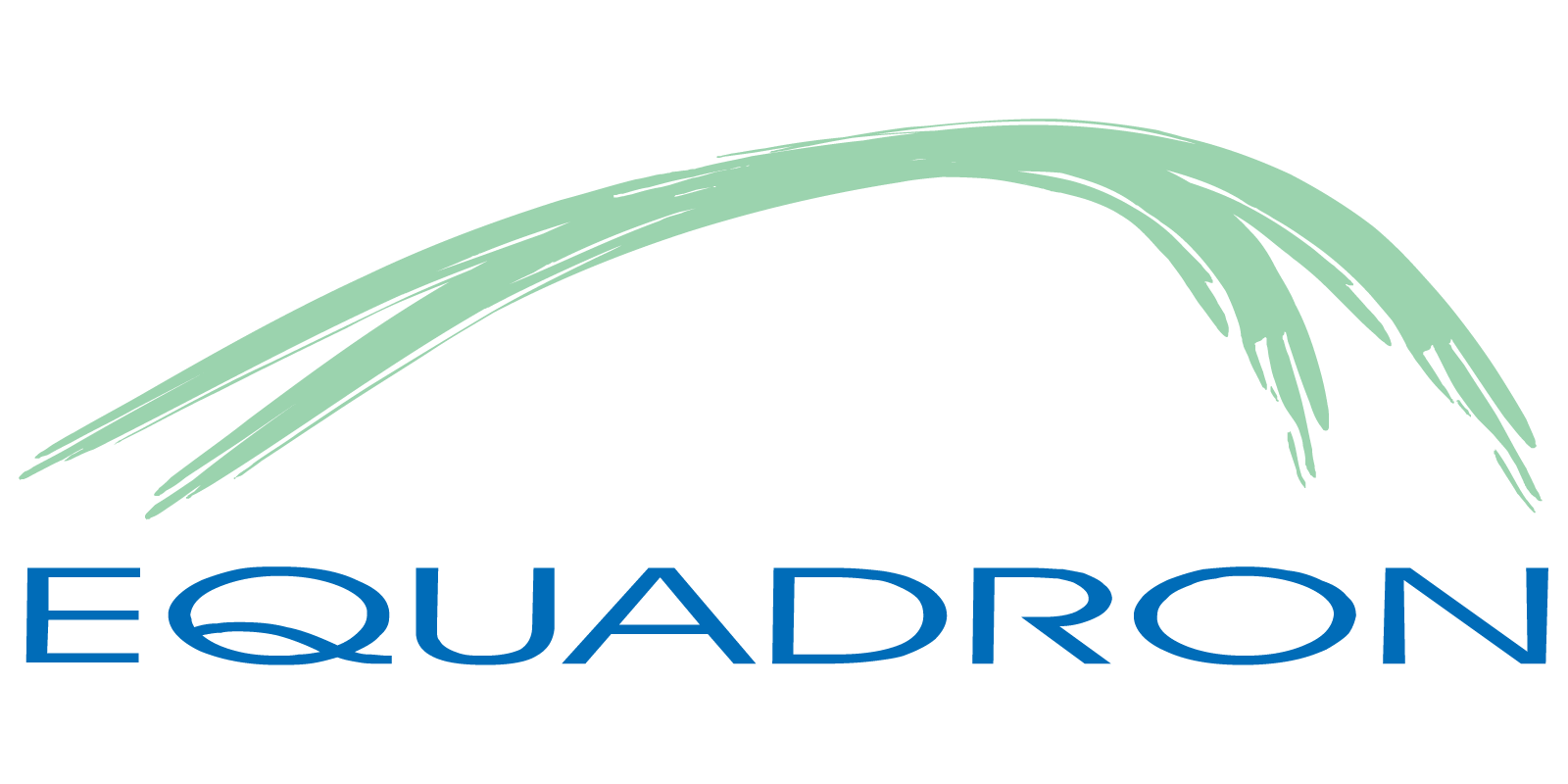Corrosion is a perpetual challenge for companies and government authorities managing infrastructure, facilities, or utilities. Whether it’s pipelines, bridges, or power plants, effective rehabilitation is essential to ensure safety,
Category: Education
Follow our educational series to stay up to date with the latest breakthroughs in steel and miscellaneous metals fabrication and corrosion protection.
As a standard for shop and field welding of steel bridges, the AWS D1.5 code outlines the requirements to ensure welded structures’ safety, durability, and quality. Preparing a Procedure
In the fast-paced world of construction, balancing project budgets and meeting tight schedules are ever-present challenges. These pressures, while an expected part of the industry, can sometimes come at
Thermal spray coatings (metallizing), an innovative process that involves the application of metallic coatings to various surfaces, has been a game-changer in enhancing the durability of materials. This article
In the realm of construction, the concept of ‘over-inspection’ is often dismissed or underestimated. However, this phenomenon holds significant implications for project productivity and costs, and its roots can
New construction and rehab steel projects present certain areas where accessibility constraints hamper proper surface preparation before the application of protective coatings. Steel designs with hard-to-reach areas such as
Paint failures can be frustrating and expensive to fix, especially if they happen shortly after a new paint job. Fortunately, there are several steps you can take to prevent
The first step should be familiarizing yourself with the new or rehab project requirements. The structural steel project specification as well as the IFC and erection drawings should contain
Zinc-rich primers are one of the most common primers in the protective coatings industry. These primers contain a high percentage of zinc dust or zinc powder, typically around 85-95%
The welding consumables identification system is not the simplest to interpret. Sometimes, key welding project requirements are missed due to the complexity of their identification systems and the absence
